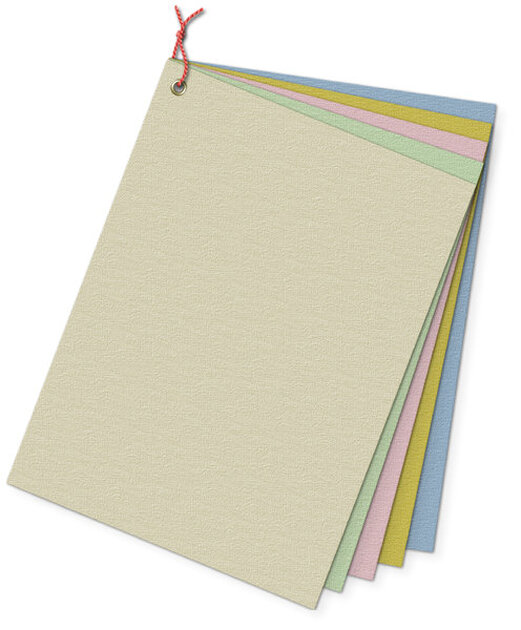
Our Gemara on amud aleph discusses how the daughters of Zelophehad received an additional portion of inheritance due to their father, Hepher, who was a firstborn. A firstborn is entitled to two portions of inheritance, but this leads to a halachic question: What type of property could Hepher claim when we have a tradition that a firstborn does not receive a double portion from assets that are not yet in possession? The land of Israel was an asset due to the Jewish people but was not yet in their possession during their time in the wilderness. The Gemara offers a seemingly peculiar answer: "This clause of the Mishna refers to tent pegs, that is, movable property in their possession in the wilderness."
While this explanation is technically and legally sound, it raises the question: Why use the example of tent pegs? Why not refer to pots, pans, blankets, or other movable items? Rashbam explains that tent pegs were the most common asset since everyone had a tent, making them an easy and universal example. Rabbeinu Chananel suggests that the use of tent pegs is to emphasize a chiddush (novel insight). Since tent pegs are partially attached to the ground, one might mistakenly think they are considered real estate rather than movable property. By using this example, the Gemara teaches that tent pegs, even though they are affixed to the ground, are still considered movable property and not part of the land itself.
I believe there may also be an allegorical interpretation of the Gemara's choice of tent pegs. There is a well-known tradition that the redemption from Egypt was in part due to the righteous actions of the women. The Gemara in Sotah (11b) elaborates on how, despite the severe oppression, the women of that generation worked diligently to maintain a semblance of romantic life. Even in the face of the genocidal decree to throw all male infants into the Nile, the women courageously encouraged intimacy, ensuring the continuation of the Jewish people. Maharal, in Gevuros Hashem (43), explains that redemption is achieved through the harmonizing of opposing forces. When a husband and wife connect, even amidst external or internal hardships, it symbolizes the broader cosmic pattern of redemption. This intimate, private redemption leads to a theurgic joining of God to His people, elevating all physical matter and ushering in the ultimate redemption.
Returning to the daughters of Zelophehad, we might see a deeper, allegorical argument in their case. The tent pegs symbolize the essential role women played in holding the Jewish people together during the darkest times. Just as tent pegs anchor and stabilize the tent, the women were the linchpin that held the family and the future of the Jewish nation together. In a symbolic sense, the daughters of Zelophehad could be arguing: "As women, we were integral to the process of redemption; why should we not also partake in the inheritance of the Promised Land?" The mention of tent pegs hints at the idea of anchoring and continuity—the very essence of what the women, including the daughters of Zelophehad, accomplished in their own unique way.
Translations Courtesy of Sefaria, except when, sometimes, I disagree with the translation ![]()
If you liked this, you might enjoy my Relationship Communications Guide. Click on the link above.
Rabbi Simcha Feuerman, Rabbi Simcha Feuerman, LCSW-R, DHL is a psychotherapist who works with high conflict couples and families. He can be reached via email at simchafeuerman@gmail.com
 Previous
Previous

